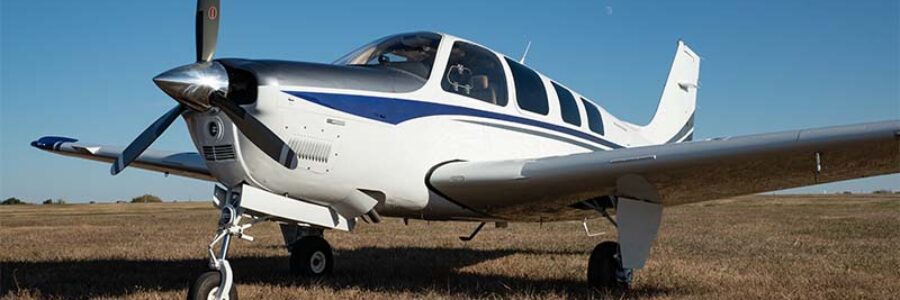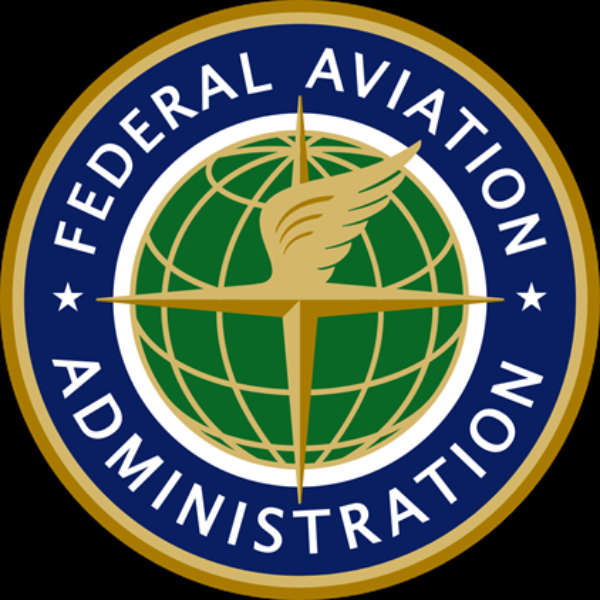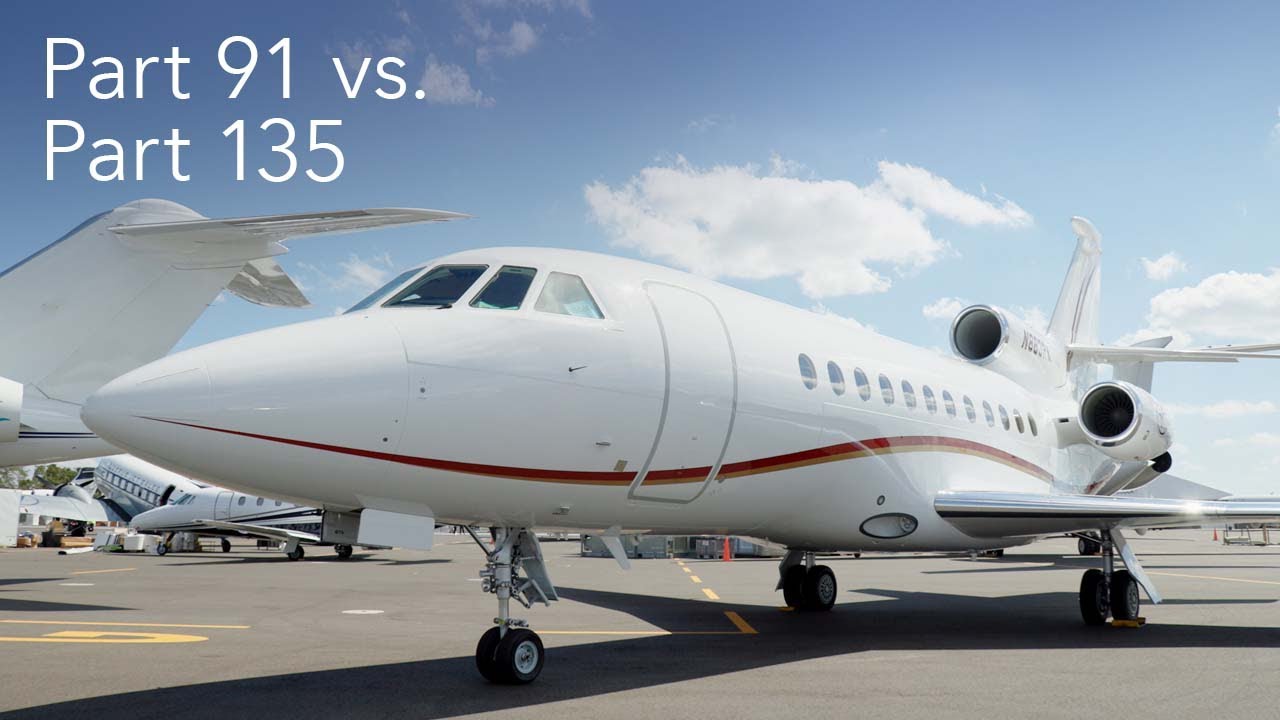
There’s lots of buzz in the aviation world about “illegal” charters, and rightfully so. In some cases, the difference between a legal Part 135 charter and everyone else is clear. But the FAA does allow pilots operating outside of a Part 135 charter operation to carry passengers and cargo, just not for hire. So that has been called Part 134 1/2 aircraft charters or gray charters. We’ll get back to that.
Simple breakdown of the types 14 CFR 135 operations:
FAA Definition:
- Air Carrier Certificate. An Air Carrier certificate is issued to an applicant that will conduct interstate, foreign, or overseas transportation, or will carry mail.
- Operating Certificate. An Operating certificate is issued to an applicant that will conduct intrastate transportation, which is transportation that is conducted wholly within the same state of the United States.
Within these classifications are additional classifications of Commuter or On Demand. Without peeling back the entire onion, and again in FAA-Speak: On-demand operations can be conducted in airplanes that have a passenger seating configuration of 30 seats or less, a maximum payload capacity of 7500 pounds, or in any rotorcraft, while Commuter operations may be conducted in airplanes which have a maximum passenger-seating configuration of 9 seats and a maximum payload capacity of 7500 pounds, or in any rotorcraft. Commuter operations cannot be conducted in any turbo-jet aircraft.
There are other key breakdowns of the Part 135 rule, each with their own requirements, including Single Pilot, Single Pilot in Command, Basic, and Standard. Standard being the highest level with the least restrictions. What we’re presenting here is a summary. For a more complete picture, the full scope of the regulation can be found at: https://www.faa.gov/licenses_certificates/airline_certification/135_certification/general_info
The message here is that you should know your mission and your charter needs before you start shopping. An operator sporting a Single Pilot Operating Certificate will be a smaller one. Generally, a pilot operation with a helicopter or a smaller, less-expensive piston or turboprop aircraft. That might serve your need perfectly. But if you’re headed a few states away, and need more speed, capability, and capacity, you’ll be dealing with an operation that carries an Air Carrier Certificate.
So, now that you have an idea of what a legitimate charter company looks like, what’s the other side of the coin?
Any certified and legally current pilot holding a Private, Commercial or Airline Transport Pilot Certificate, can fly passengers in any aircraft that meets FAA standards. And in an airplane that the pilot is currently rated in (there are some additional restrictions for aircraft and pilots certified under the Sport Rule and holding a Basic Med medical certificate, but we’re skipping that in this discussion). They just can’t do it for compensation, of any kind.
What a personal flight can charge for is an equal share of the direct costs in those situations where the pilot has a legitimate reason to go to the same destination, and not just ferry his passengers. And of course, if there’s no compensation, no rules are broken.
But to be clear, buying the ferry pilot lunch would be considered compensation. Here’s the FAA’s definition: “Compensation is the receipt of anything of value that is contingent on the pilot operating the aircraft; i.e., but for the receipt of the compensation, the pilot would not have taken that flight”
And if you really want to dig deep, here’s a link to FAA Advisory Circular 61-142. https://www.faa.gov/documentLibrary/media/Advisory_Circular/AC_61-142.pdf
So, if you trust your next door neighbor Bob and his 30 year-old Bonanza, the two of you could hop down to the Bahamas (or wherever) and equally share in the cost of gas and oil, the aircraft rental charges and ramp fees. Don’t spin your wheels looking for the loopholes, because there are many ways to hide that compensation and skirt the regulations, but at best, the pilot is risking his certificate if the “charter” is busted by the FAA. Folks who do this from time-to-time are considered Part 134 1/2 aircraft charters.
Part 135 Certified Operators are highly regulated by the FAA and have met stringent safety standards with their aircraft, their crews, and their business management.
Meeting these standards does not come easy, and it does not come cheap. And stretch your imagination to consider what the insurance must cost for a $30M private jet and the liability of 8 seats filled with high worth individuals.
So, when you consider an aircraft charter, start at the top of the food chain, which is an FAA licensed and regulated Standard Part 135 operator proudly displaying an Air Carrier Certificate. Then work your way down the list until you find the charter operator that meets your specific needs. A aircraft charter broker is a good way to narrow your search and costs you nothing.
Just don’t ask Bob to dust off the Bonanza and for God’s sake don’t buy him a hamburger !
Brad Fuller is a pilot and President of Florida Film and Tape. They specialize in aviation photography and video production.



